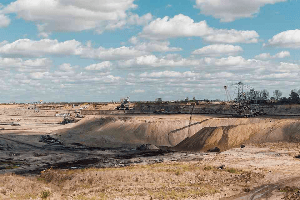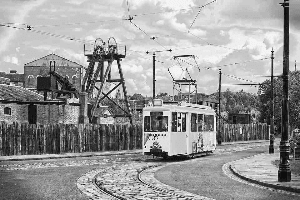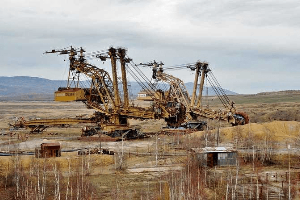Text 1
The period of adolescence, i.e., the period between childhood and adulthood, may be long or short, depending on social expectations and on society’s definition as to what constitutes maturity and adulthood. In primitive societies adolescence is frequently a relatively short period of time, while in industrial societies with patterns of prolonged education coupled with laws against child labor, the period of adolescence is much longer and may include most of the second decade of one’s life. Furthermore, the length of the adolescent period and the definition of adulthood status may c
hange in a given society as social and economic conditions change. Examples of this type of change are the disappearance of the frontier in the latter part of the nineteenth century in the United States, and more universally, the industrialization of an agricultural society.
In modern society, ceremonies for adolescence have lost their formal recognition and symbolic significance and there no longer is agreement as to what constitutes initiation ceremonies. Social ones have been replaced by a sequence of steps that lead to increased recognition and social status. For example, grade school graduation, high school graduation and college graduation constitute such a sequence, and while each step implies certain behavioral changes and social recognition, the significance of each depends on the socio-economic status and the educational ambition of the i
npidual. Ceremonies for adolescence have also been replaced by legal definitions of status roles, right, privileges and responsibilities. It is during the nine years from the twelfth birthday to the twenty-first that the protective and restrictive aspects of childhood and minor status are removed and adult privileges and responsibilities are granted. The twelve-year-old is no longer considered a child and has to pay full fare for train, airplane, theater and movie tickets. Basically, the inpidual at this age
loses childhood privileges without gaining significant adult rights. At the age of sixteen the adolescent is granted certain adult rights which increases his social status by providing him with more freedom and choices. He now can obtain a driver’s license; he can leave public schools; and he can work without the restrictions of child labor laws. At the age of eighteen the law provides adult responsibilities as well as ri
ghts; the young man can now be a soldier, but he also can marry without parental permission. At the age of twenty-one the inpidual obtains his full legal rights as an adult. He now can vote, he can buy liquor, he can enter into financial contracts, and he is entitled to run for public office. No additional basic rights are acquired as a function of age after majority status has been attained. None of these legal pro
visions determine at what point adulthood has been reached but they do point to the prolonged period of adolescence.
4 The period of adolescence is much longer in industrial societies because ________.
[A] the definition of maturity has changed
[B] the industrialized society is more developed
[C] more education is provided and laws against child labor are made
[D] ceremonies for adolescence have lost their formal recognition and symbolic significance
正确答案:C
41[C]意为:人们所受的教育增多以及反童工法的制定根据题干直接定位到第一段第二句while…部分它指出(相对原始社会)工业社会中青春期变长有两方面的原因:教育期的延长和反童工法的制定所以正确选项为[C][A]的干扰来自于第一段第一句它提到“青春期的长短取决于不同社会对成熟和成年的定义”接着第二句就比较了原始社会和工业化社会从这两句其实我们可以推出这两种社会对成熟的定义必定不同但第二句已经明确指出了具体原因因此[C]为最佳答案[B]工业化社会更加发达文中未提[D]是工业社会中关于青春期变化的现象而非青春期变长的原因






